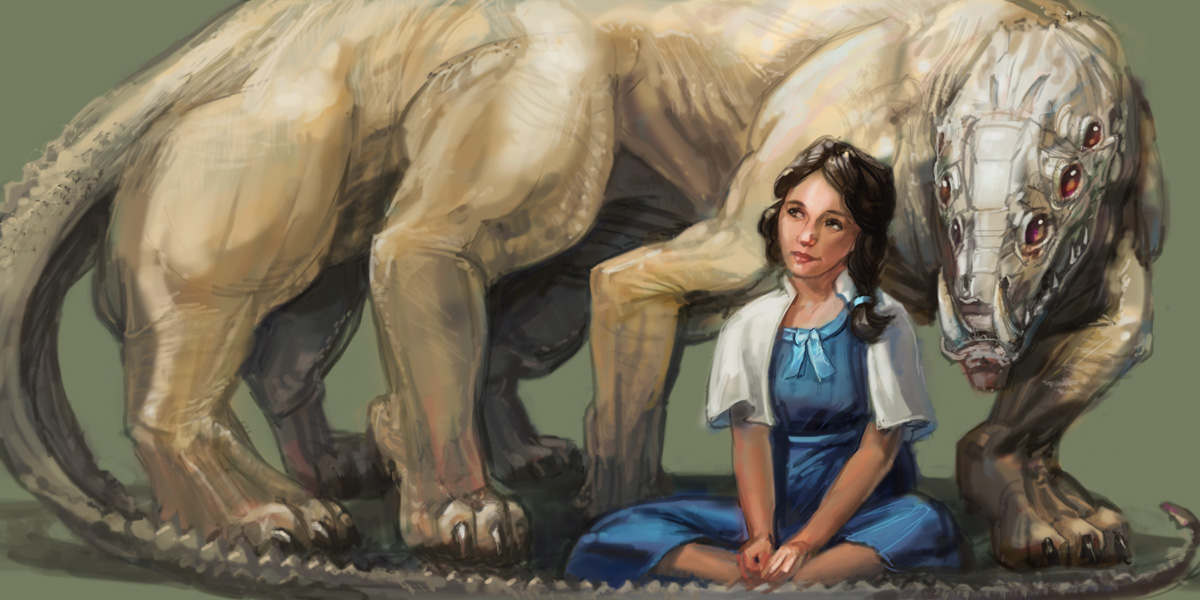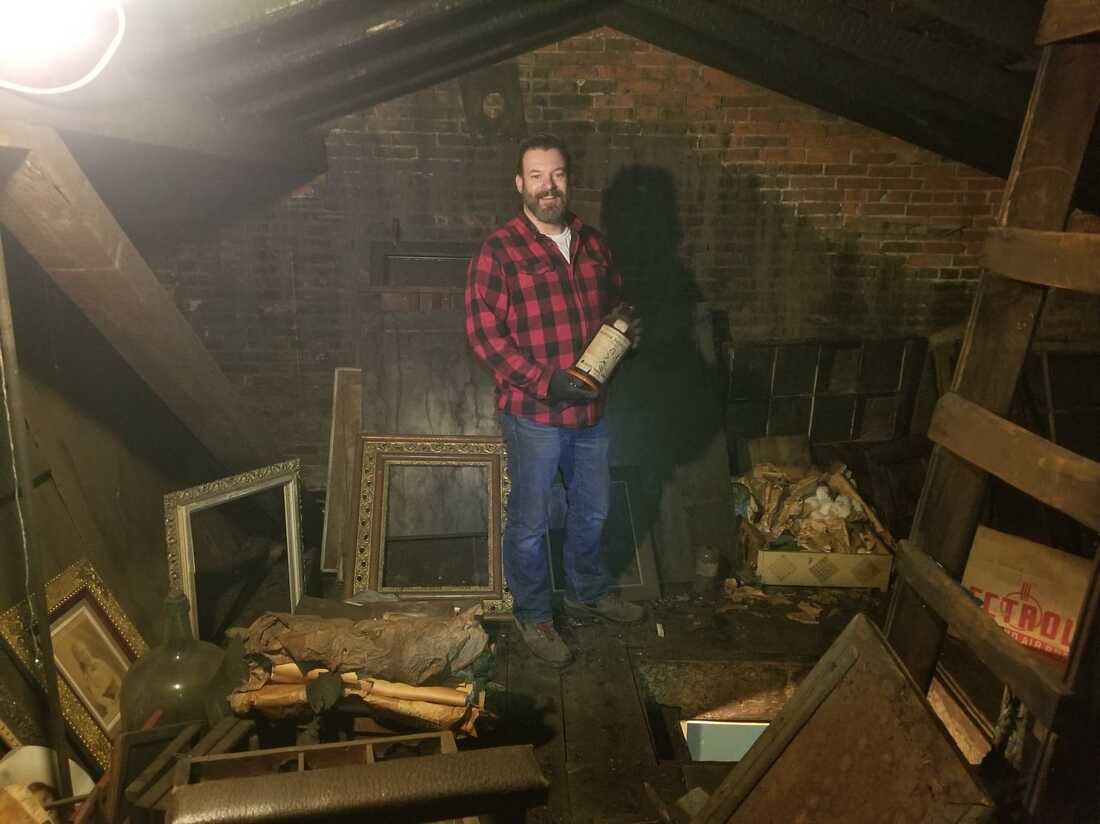There are powerful tools to bewitch the reader. You’ve been sucked in that way before, and it was good. You want more, and you’re right.
You spend hours in front of your keyboard writing stories that you want to be as captivating as possible for readers. You have an exciting subject, extraordinary revelations, fascinating characters, an original arena, in short, a story promising escape and discovery.
But you know that without creating mystery and suspense in a novel, the magic will not take. The creation of mystery and suspense is the laboratory kitchen of the writer and the screenwriter. It works a bit like Walter White in Breaking Bad, you have to concoct the most powerful drug that will make completely addicted those who taste it. But be careful, the dosage can be fatal for the creator as well as for the consumer.

Just as the blue meth in Breaking Bad can cause an overdose for the user, poorly conceived mystery or poorly maintained suspense in a novel can lead to disappointment, frustration, and even anger in the reader.
While it is obvious that the implant of mystery and suspense necessarily settles in detective stories or thrillers, it remains that this process is also essential in all literary genres. We are accustomed to it and it has never been more so. The overabundance of information, advertising, and entertainment that surrounds us is based on mystery and suspense. To give your creations a chance to be discovered, the adoption of effective tools and methods is essential.
The principle of mystery is capable of maintaining suspense.
What is the engine of mystery?
It all comes to the art of information management. The novelist or screenwriter will hide information from the reader or viewer, and above all, let them know that they are hiding this information. A terrible frustration that brings back many memories, of already being in schoolyards, at a young age.
This is like telling the reader that there is an extraordinary secret in my book, but you will have to read on to discover it.
Creating the mystery is the promise you make to the reader at the beginning of the story. Everything you write after that must revolve around that mystery, and that’s where the suspense develops. The pressure is on, and the author will have to deliver on his promise by providing a very satisfying answer, or the disappointment will be as great as the promise.
The method
Before discovering the powerful tools for creating mystery and suspense, it is important to know how to use them. It would be a shame to start with tools capable of great feats, without being sufficiently informed to use them well. Said this way, it reminds us of the illegible leaflets, folded in 12 in the boxes of medicines that we grab in a hurry in the middle of the night when things are not going well… and that we consult afterward urgently, overwhelmed by a wave of doubts, wondering if we have not made a huge mistake.
First method
The first method, quite natural, but increasingly effective when practiced consciously, is quite similar to the gardener’s technique. That is to say, sowing seeds that will germinate throughout the story. Each seed is an intriguing element, sometimes almost invisible or innocent, which will be developed over a few chapters or the entire story.
The accumulation and superposition of plots that start, end, combine, link up, and continue, make the story captivating to the point of not being able to put it because we want answers to all the mysteries. Our natural curiosity continually nags at our minds, day and night, even unconsciously. We all react more or less to certain emotions and certain subjects, and in good stories, there is always at least one plot that makes reading even more addictive. For some readers, it will be the resolution of the enigma of the story (finding the culprit, making a great discovery, returning alive after an incredible journey while being exposed to all the dangers), for others the love story between the main characters, for others still subplots that touch them more personally. Your plots are like strands of DNA, if the skein is well designed, each strand is essential and constitutes the unique identity of your story, and supports the suspense created by all the mysteries that you have cleverly put in place throughout the chapters.
A point of vigilance, however ensures that the end of the story is fully satisfying for the reader, providing all the answers to the last mysteries. Otherwise, frustration and disappointment will prevail.
Example
To illustrate the setting up of a mystery, here is an effective example that immediately takes us to the main character. In the book “Il était deux fois” by Franck Thilliez (Ed. Fleuve Noir), the main character, Gabriel Moscato, wakes up in a hotel without remembering having taken a room there. Worse, nothing around him belongs to him. And worse still, facing the mirror, he has aged incredibly. He discovers that he is not in, but in . 12 years of memory erased in one go. Suffice it to say that at this point the author has already posed heavy mysteries, but this is only the beginning. Gabriel Moscato was there as a police officer on the investigation of his missing daughter and discovers that he is no longer a police officer and that on the beach opposite there is a corpse, that of a young woman. There, the author poses mysteries on the mystery. As the author gives answers to some of our questions, others grow and the suspense gains in power. You will find some supplements and analyses on the writing techniques in the column that I devoted to the subject of this book: Chronicle “Il était deux fois”.
The art of creating suspense throughout the story lies in how you answer the mysteries you set up. However, the answers throughout the story must leave some gray areas. Gray areas only provide one element of the answer, a satisfaction that increases the desire to discover the final revelation. Gray areas allow you to set up new mysteries to draw the reader in and consolidate the story.
Example of mystery installation
- To describe a place or location where no one should ever go, and to assure that it exists.
- Reveal the identity of a person whose past threatens to dramatically change everything.
- Talk about an object that no one should get hold of, specifying that it is possible to find it.
The mystery is played out at all levels, the sentence, the scene, and the chapter. At the sentence level, it will be a question of giving a clue. In thrillers, it is generally when the cop makes a discovery. He holds the end of a thread that will lead him towards the resolution. At the scene level, it is the reflection and analysis that mature the suspense and lead to the edge of the gray area. At the chapter level, it is the fruit of all the scenes that allow us to conclude with a cliffhanger, a very strong hook that pushes us to start the next chapter. TV series also do this way, with the difference that the mysteries are arranged according to the codes of the TV format. Generally, you are entitled to two 52-minute episodes in your evening. The pilot, the first episode, is dedicated to the launch, to the strong promise, and then it ends with a cliffhanger that makes you want to continue watching. The second episode plays an extremely important role because its final cliffhanger will have to be strong enough to allow the viewer to wait a whole week before having the sequel.
Creating mystery and installing suspense mainly relies on the mastery you have acquired of the tools dedicated to these narrative processes. Having the tools is not enough, you have to learn how to use them and it is by practicing regularly that you will become more and more efficient. This applies to many areas, and it is particularly the case for this crucial subject in writing. Unfortunately, it is not by borrowing Harry Potter’s magic wand that you become an extraordinary wizard immediately.
Two powerful tools for creating mystery and suspense.
Dramatic irony
The principle is based on giving information to the reader or viewer that the character concerned in the story does not yet know.
The moment you set up this device, the reader is in on the secret, he is involved through a secret, he has a head start on the character and finds himself in empathy with him. The emotional state of empathy is a major key to captivating the reader. Dramatic irony is one of the most powerful tools to achieve this.
This tool works for all genres of stories, detective stories, novels, comedies, poetry, plays, films, TV series, etc.
Some examples
- Titanic: All the passengers are celebrating the boarding, some are even fighting to get their tickets and leave. We all know that the ship is going to sink.
- The Dinner of Idiots: The guest is selected for his “qualities” as an idiot, he is the only one who ignores it.
- The Invisible Man: The viewer knows the invisible man is there, but the audience in the room is unaware.
- All the heroes with superpowers, Superman, Wonder Woman, Batman, Spiderman… the viewer is in on the secret, and the rest of the world is unaware of the identity of these heroes.
- Toy Story: The viewer knows that toys come to life whenever humans are not present.
Whether in books, movies, series, or plays, you will find in almost every story examples of dramatic irony. The very pitch of some comedies is dramatic ironies.
By mastering this tool, you will gain a very profitable power in your stories.
The surprise
Surprise is used to create mystery suspense and revelations. It is one of the classic tools. Surprise is distinguished from dramatic irony because it concerns both the reader or spectator and the characters in the story. It is in the reactions produced by the characters that readers or spectators enjoy themselves. Its scope is immediate, more or less strong depending on the importance of the revelation. But once announced, the emotional peak is consumed, while dramatic irony allows an effect to be maintained over time, until the promised surprise.
Surprise should be used with a thoughtful and especially well-thought-out dosage according to dramatic ironies and other devices capable of installing mystery and suspense. It is important to feed the story well so that the surprises pay off and give even more power to the dramatic ironies for example.
Some examples of surprises that herald mysteries and suspense:
- In mid-flight over the ocean, a plane’s fuel gauge indicates that the tanks are empty. (Technical failure? Sabotage?)
- While breaking a damaged statue, and apparently of little value, an antique dealer discovers a parchment.
- A police officer discovers an anonymous letter on the windshield of his car. Inside, an incriminating photo was taken on the day of the murder in his current investigation.
Combine the tools and the cocktail will be explosive
Associations and combinations of tools such as dramatic irony and surprises heighten the effects of mystery and suspense. The more a mystery leads to or hides others, with surprises, the more captivating your story becomes.
For further
The tools and methods mentioned above can be greatly expanded, and other tools and methods exist to create mysteries and maintain suspense. For those who wish, I encourage you to take advantage of a free guide that I offer and to discover my MasterClasses.



